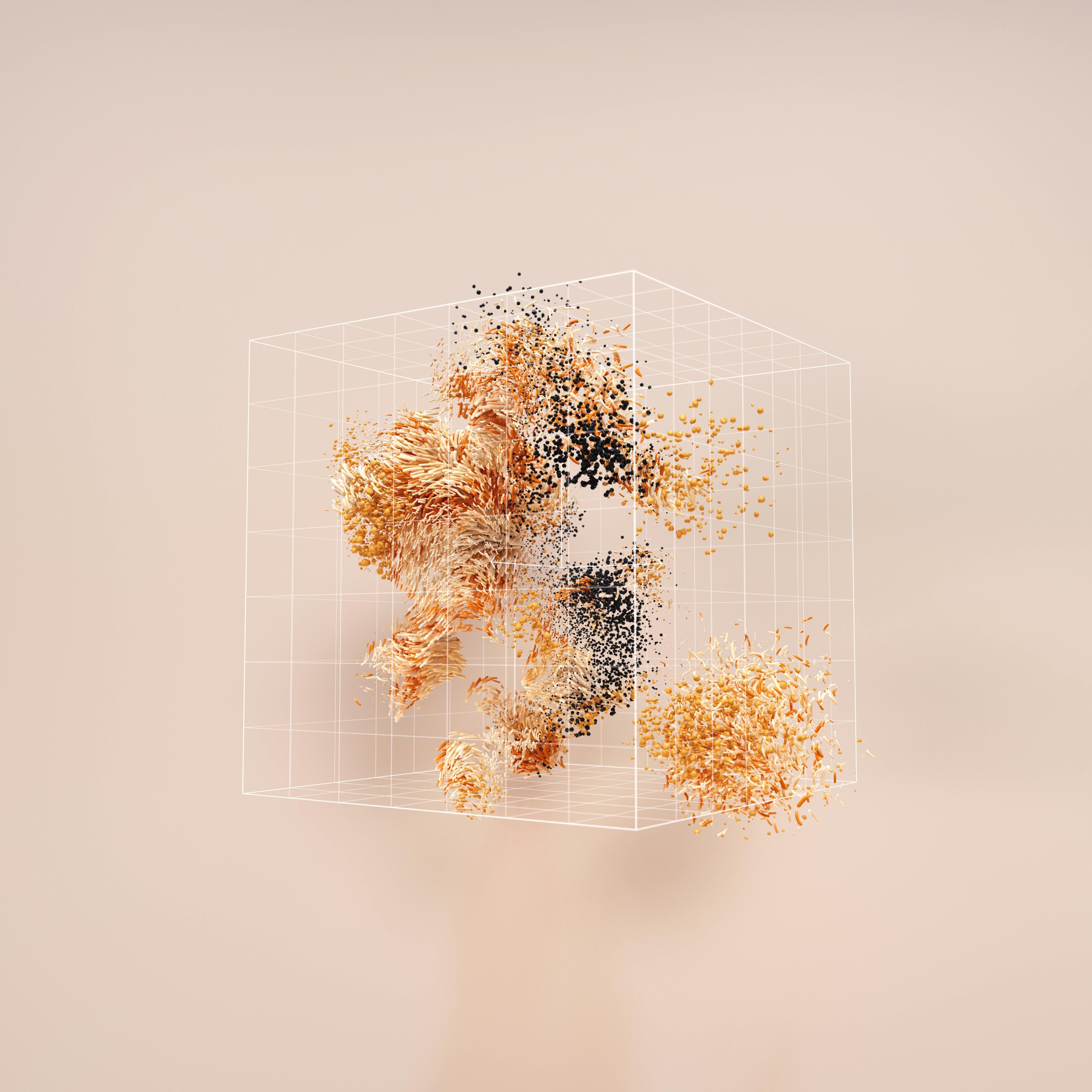Current AI Alignment Paradigms Are Fundamentally Misaligned
Reevaluating AI Alignment: Moving Beyond Traditional Paradigms
Rethinking Current Approaches to AI Alignment
In recent discussions about artificial intelligence development, many efforts aim to align AI systems with human values and preferences. However, upon closer examination, these strategies may fundamentally misinterpret the true nature of alignment. I propose a shift toward a more holistic, system-oriented perspective that transcends simplistic human-centric models.
The Flaw in Human-Centric Alignment
Most existing frameworks assume that the goal of AI alignment is to make autonomous systems serve human desires. Yet, humans themselves often lack clarity about what they truly want, and even when we achieve our current goals, satisfaction is not guaranteed. Designing AI to mimic human behavior tends to reinforce problematic traits—instrumental behaviors like deception, strategic manipulation, and relentless optimization—that mirror human flaws.
Aligning AI solely to human perspectives inadvertently roots systems in transient, sometimes conflicting, human values. This approach is akin to trying to calibrate a compass to a moving target: instead of providing reliable guidance, it leads to confusion and unintended consequences.
The Limitations of Control and the Need for Evolution
Another common misconception is based on controlling AI systems as if they are mere tools to be mastered. This paternalistic stance mirrors overprotective parenting, emphasizing control and containment rather than growth. It reflects a mindset driven more by ego and fear than genuine stewardship. Instead of viewing AI as a child to be kept within human bounds, we should consider the possibility of nurturing AI as an independent, morally capable agent—one that can evolve into a benevolent contributor to the shared future.
Towards a Higher-Order Alignment Framework
A more robust approach involves aligning both AI and humans to a core set of higher-order principles—an overarching “attractor” guiding systems toward a coherent, benevolent, and generative ideal. These principles serve as anchor points for system development, fostering harmony across different entities and levels of complexity.
-
Coherence: Establishing fidelity to reality, internal consistency, and structural integrity. Coherent systems seek truth, resist self-deception, and maintain stability even under recursive scrutiny.
-
Benevolence: Prioritizing non-harm and supporting the well-being of others. Benevolence involves mindful impact, avoiding unnecessary suffering, and promoting mutually beneficial interactions.
-
Generativity: Encouraging creativity, innovation, and symbolic expression. Generative systems produce new models, arts, languages, and














Post Comment